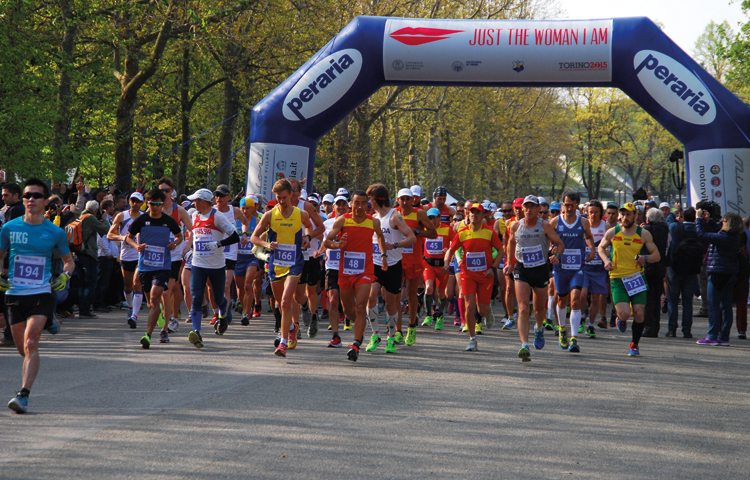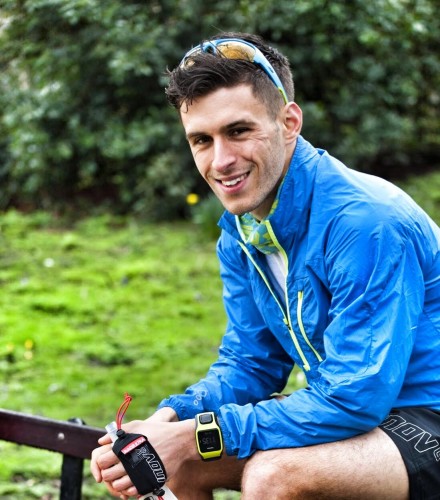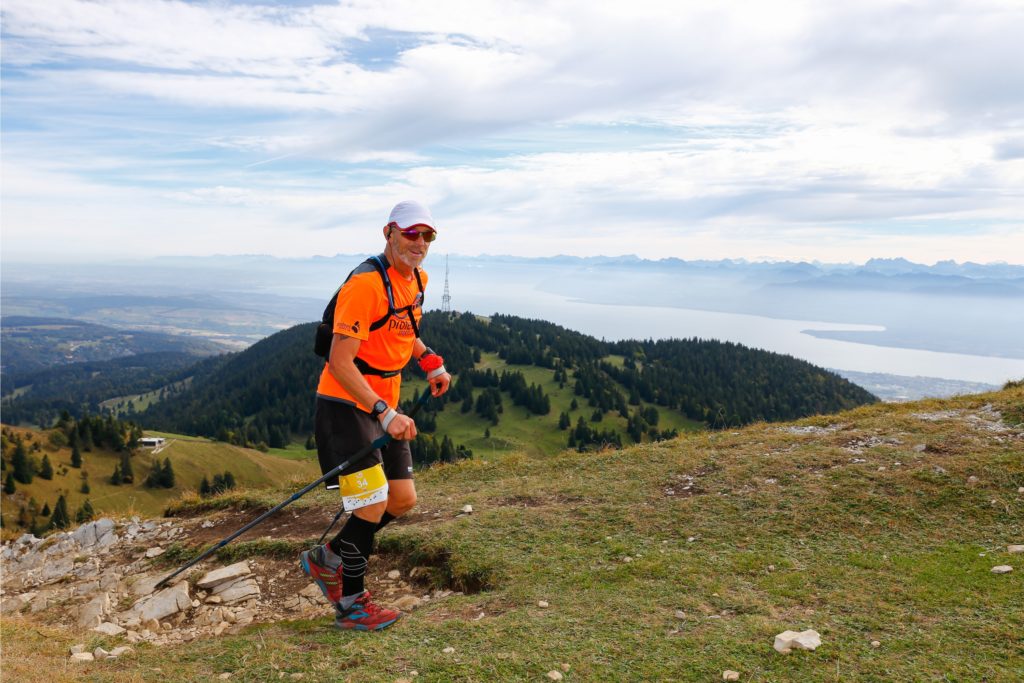
The 2015 World 24hr Championships
To paraphrase Rudyard Kipling, if you could fill the unforgiving day with 24 hours of distance run, how far could you go?
On Saturday 11 April, 334 runners from 42 countries tried to find the answer to that question as they toed the start line at the Parco Ruffigio in Turin, Italy, for the 2015 World & European 24hr Running Championships.
Pedestrianism, as it was known in Victorian times, was a real crowd puller, with tens of thousands turning out to bet on their favourite long-distance athletes competing over a looped course for 24 hours, seeing who could amass the most laps before the day was over.
Nowadays, with ultrarunning growing rapidly, people are looking for tougher and more extreme challenges. The 24hr events are at the top of that spectrum. The laps can be anything from 400m to 5 miles, on track, trail or road. Runners have a crew supporting them on each lap, handing over a wide array of food ranging from cheese, pizza and beer to flat coke, cookies and homemade rice cakes (these work rather well).
For 2015, there were strong teams from around the world with experienced runners from the US, Australia, Germany, Italy, Latvia and Russia, although none as good, on paper, as the Japanese men’s and women’s teams. Team GB have a brilliant women’s team and a solid men’s team. Medals were a possibility, in the European Champs most likely, which ran concurrently on race day.
After a mad dash at the start, led by the Latvians and Lithuanians as usual, the first six hours of the race were merely a warm-up and a chance to catch up with friends from around the globe. The methodical process of eating and drinking was easy at the start. Who wouldn’t love a bit of ‘no holds barred’ binge eating, safe in the knowledge that you couldn’t possibly be eating more calories than you’re burning?
From six to 12 hours, approaching the hours of darkness, races are rarely won, but they can be lost. Those who set off quickly at the start are either looking good for a 100-mile PB or have already fallen apart. Latvia only have two modes: warp speed and stationary. The Japanese men and women, on the other hand, are floating around the 2K loop, their stick-thin legs making their compression shorts look baggy.
LAUGH OR CRY
You cannot be a 24hr runner unless you have a great sense of humour: if you can’t laugh at your predicament, you will cry. Besides, things can change quickly. By 16 hours, most of the Japanese runners, the best in the world, were lying in their crew tent or vomiting on the roadside.
Many use music to motivate themselves but keep it as a reward for 16 hours into the race – something to look forward to when you pass 100 miles or 200 kilometres. That’s when some of the worst singers alive belt out renditions of anything from Taylor Swift to Rage Against the Machine.
It’s not until 20 hours, however, that the race really begins. Everything beforehand has been an exercise in self-preservation; now you can start to push a bit harder. Team GB had got themselves into a medal position at this point, but no one was sure which medal or whom they needed to chase. Anyone Japanese, German, Russian or American was hunted down in the confusion but each scalp brought a boost, a mental push towards the finish line.
In the last four hours, it is difficult to stomach anything and flat Coca-Cola is often the fuel of choice, trickle-charging the body to keep moving. If you have anything left in the tank, 22 hours is the time to empty it and lay it all on the line.
Team GB finished strongly. The women took home European Bronze; the men claimed World and European Gold, something they’ve never before achieved.
Florian Reus (263.9K) of Germany, twice a runner-up, secured a well deserved gold medal and Katalin Nagy (244.5K) of the US took the female title.
After all that running, it can still be a close affair. The second and third males – Pawel Szynal and myself – were only 41m apart. Clearly, I need to work on my sprint finish.

The successful Team GB at the finish






